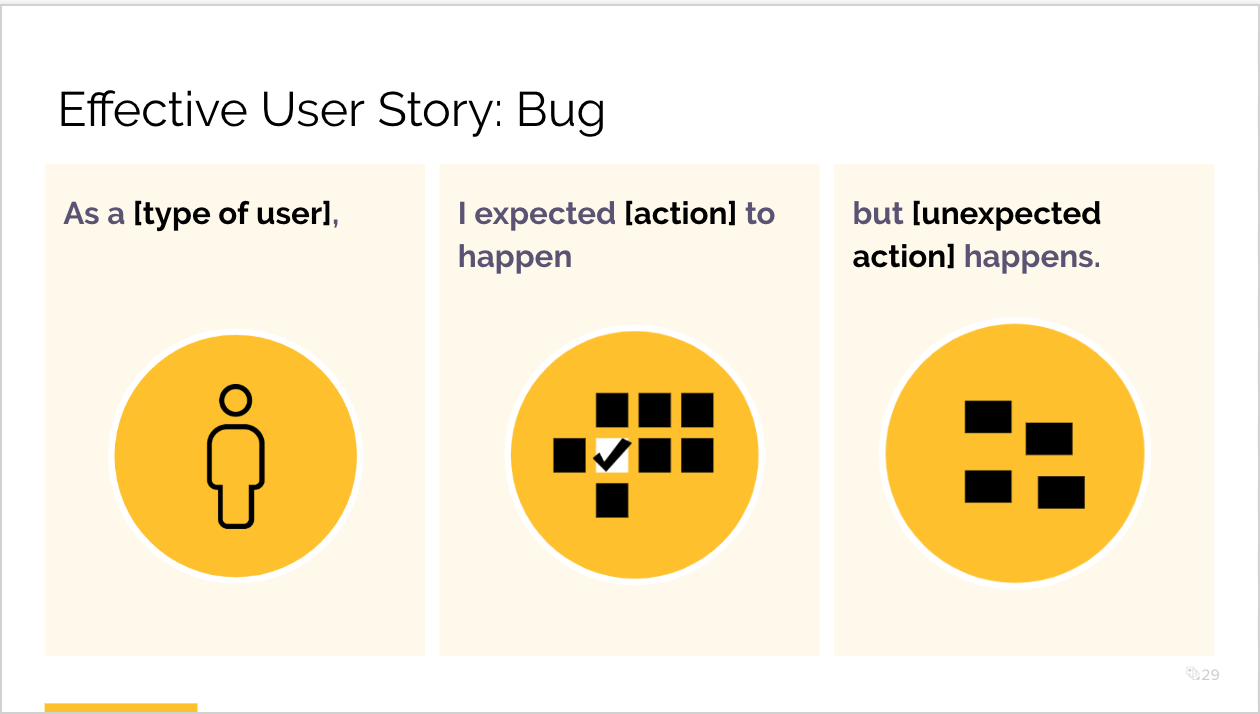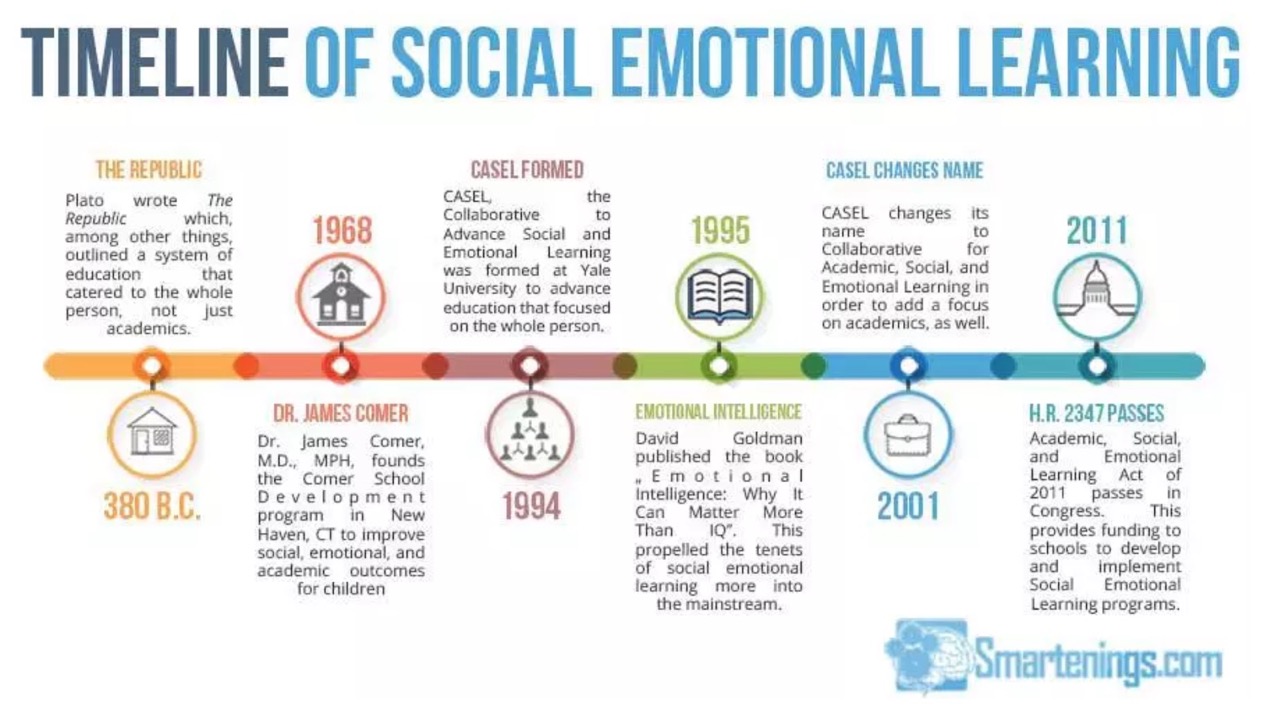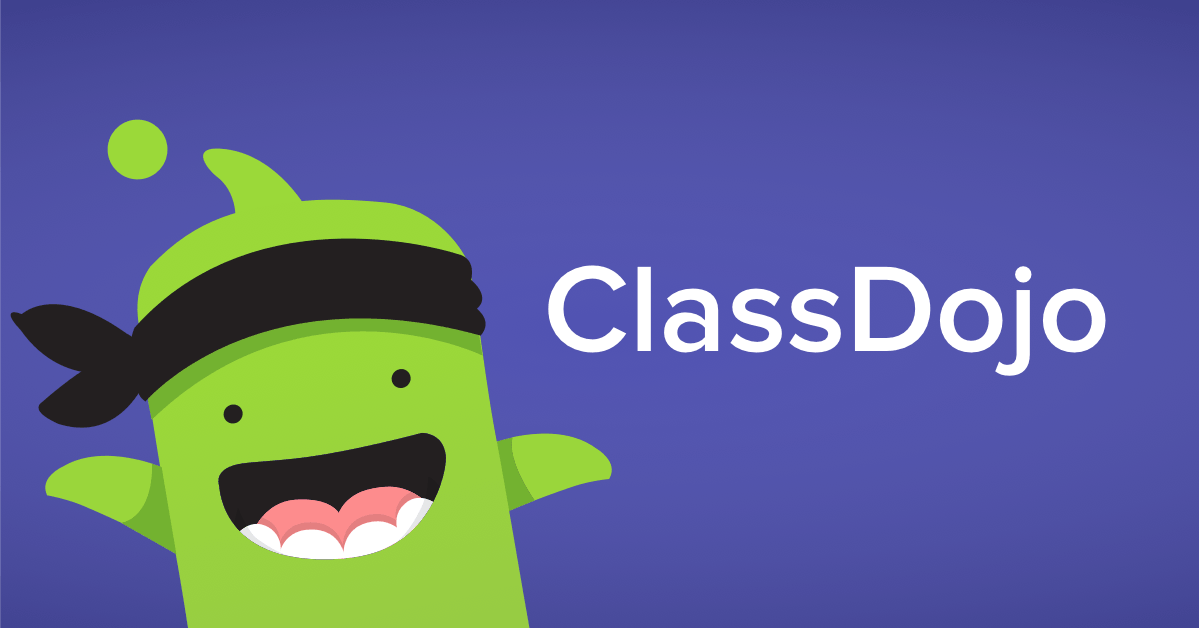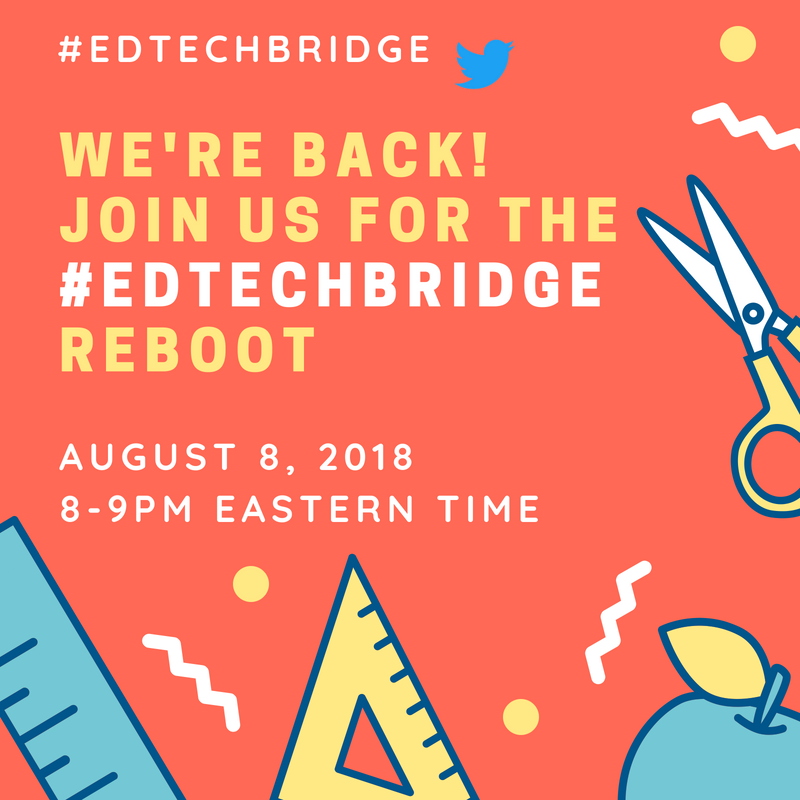As news of the dreaded Polar Vortex crept into our daily commutes and chilled our spines here in the Northeast, many flocked to Orlando, Florida for the warmth and community that Future of Education Technology Conference (FETC) brings every January. Like last year, we filled our days to the brim with sessions that empowered educators with innovative ideas for the classroom and showcased new edtech learnings. As always, the expo floors were filled with sleek, cool demos of new products (and robotics!) that we could hardly find time to stop at each booth As educators and edtech leaders were inundated with new ideas and products, we also started seeing a trend appearing for edtech in 2019.
Here are the big themes we saw throughout FETC this year:
Teachers’ voices are being heard, and that does not go unappreciated.
Teachers are often underappreciated and overlooked, even when edtech companies go forth with the best intentions. However, without educator feedback, many edtech entrepreneurs with even the sleekest of products will flounder in the classroom. You would be surprised how many tablet-based products don’t take into account overhead fluorescent lights in the classroom or the reality of how much time teachers really have to grade homework.
Emphasizing the importance of educators’ voices was one of the main reasons why Tech Share Live , led by Leslie Fisher, Hall Davidson, Adam Bellow, and Kathy Schrock, is one of the most talked about (and Tweeted about) sessions at FETC. Filled with puppets, robotics, and even Marie Kondo’s advice, it was clear that Tech Share Live wanted to show teachers that they have heard their feedback and wanted to serve them with products that will make their lives easier in the classroom.
Merge Cube, an AR/VR edtech company, exemplified the idea that listening to your users -- in this case, the teachers -- can not only make your product successful but also increase brand loyalty. As Leslie mentioned, just last year at FETC Merge Cube did not even have a booth on the expo floor. However, not only did they come back a year later with a large and popular booth, multiple sessions brought their name up. And when a tweet about a WalMart special earlier this school year went viral in educator circles, it immediately sold out. In addition to being responsive to teachers throughout the year, Merge Cube even gave away some product to teachers Tuesday morning! #mergemania
And of course, we wouldn’t be able to talk about edtech companies who really listen and respond to educator feedback without Flipgrid. Usually, when large companies purchase smaller edtech startups, consumers feel uneasy that the mission will change. But not only did this partnership increase interest in Flipgrid, it also gave renewed interest in Microsoft’s tools as well.
All this goes to show that edtech companies that make teachers feel like they are a part of their community see the most success. Besides, overwhelming educators with big data is so last year.
On the flip side, be wary of assuming you know more about the market. We heard more than one teacher walking away from a booth and laughing about how a salesperson thought their product was so special and so different. We even overheard one say “I didn’t have the heart to tell them I already do that easily with XYZ.” So make sure you truly are listening to the needs of your users and that you do a deep analysis of other solutions in the market. Don’t get caught not knowing your competitors!
2. Learning to speak the same language and learning how to collaborate is not only an important lesson within edtech, it’s also a lesson for the classroom.
This year, our very own Jenny Herrera and Learn Platform’s Karl Rectanus presented a session about bridging the gap between vendors and IT leaders.
In this workshop, both speakers focused on tips and tools to foster collaborative partnerships, including the importance of speaking the same language. While edtech companies want to help educators throughout their busy days in the classroom, wires can often get crossed. They outlined a simple user story to report bugs and make suggestions to product owners. Not only does this benefit the relationship between edtech companies and educators, but this same skill could also be transferred to the classroom. In essence, teachers and students are learning how to effectively communicate with each other as well. That way, teachers, students, and edtech companies can all be heard and working in harmony.
Just one of the many examples this session touched on bridging the gap between vendors and IT leaders.
And, perhaps more importantly, the structure and purpose of user stories makes a great mini-lesson for teachers to use with their students. What a great way to teach technology skills, purposeful language, and authentic writing! Speaking of students…
3. Student voices matter, too, and they have no fear taking the stage.
As we delve into teacher voices and edtech companies, we can’t forget about the students. And trust us, they won’t allow themselves to be forgotten! At this year’s FETC, we were delighted to see more students taking the stage and lending their voice to the future of edtech. If you’re thinking about speaking at any upcoming education conference, we challenge you to include a student-speaker in your group. In fact, we think using student voices and taking in their feedback on what their needs are in the classrooms are the best ways to make your product both authentic and relevant.
And say what you will, but memes are definitely the future.
4. For all of us to communicate and exchange data in a seamless and efficient way may seem as possible as seeing a mythical creature … or is it?
Throughout these sessions, a pain point that came up a lot for teachers, students, and edtech companies is the inability to exchange information among all these great tools that are coming into the classroom. Project Unicorn’s mission is interoperability among technology and tools within the classrooms. That means, there is a seamless and efficient exchange of data among all edtech products, all working towards the common goal of student achievement and teacher empowerment.
We could see that we were not the only ones catching on to the 2019 trend of listening and communication because many people were eager to sign Project Unicorn’s pledge (and you should check it out, too!).
We hope listening and communicating among edtech companies, educators, and students continue throughout 2019 and beyond. In order to move education forward, we must all work together, and even big conferences like FETC know that’s the case as well. It’s not enough to just have the latest and greatest technology anymore. And it seems like FETC has certainly been listening to the weather reports in the rest of the country because next year, they will be moving over to Miami for their annual conference to further escape the cold!










